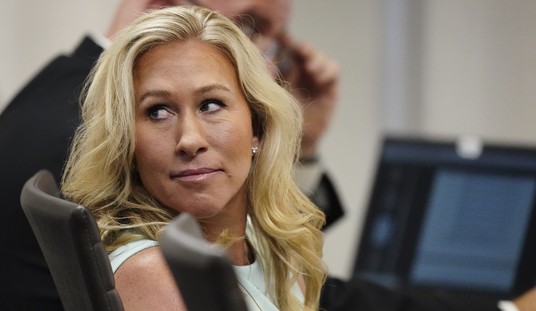Earlier this year we talked about the failure of the courts to knock down the increasing demands of this administration for more ethanol in gasoline. (And Erika followed up on it last month.) In addition to the risk of damage to the current fleet of vehicles, these policies have also been driving up the cost of corn to farmers. How bad has it gotten? Some dairy farms are closing up shop because they just can’t afford to feed their herds.
Attempts to clean up our air and to ensure that the nation has enough milk to drink are on a collision course.
As a result, the future of California’s dairy industry looks sour. Around 100 farms are expected to go bankrupt this year alone, and the trend seems likely to continue if nothing is done.
Because of the demand for grain to produce the gasoline additive ethanol – which was supposed to reduce air pollution – plus a nationwide drought, many of the state’s cash-strapped farmers are selling their cows for slaughter because they can’t afford to feed them. It’s a “perfect storm,” says Colin Carter, professor of agricultural economics at UC Davis, that could spell trouble for the county’s milk supply – 1 out of 5 glasses of milk consumed in the United States comes from California cows. And the increasing price of grain is hurting all livestock industries.
And it’s not just sad cows. Family owned Zacky Farms just filed for bankruptcy protection. They raise millions of turkeys and chickens, and they can’t afford to feed their flocks either. The corn is going to ethanol and pricing them out of business. And in addition to jacking up the cost of feed corn, it’s hitting pretty much the entire spectrum of food.
- Cereal and bakery product prices have increased almost 77%
- Meat, poultry, fish and egg prices have increased 78%
- Fat and vegetable oil prices have increased more than 444%
There is, as the first linked article notes, a provision in the existing EPA E10 rules – which mandate 10% ethanol in your fuel – that allows for the rule to be lifted during an emergency. Thus far six states have considered it enough of an emergency to petition asking for the rule to be lifted. The EPA’s response to date has been to stay on course to head toward E15 rules. This way lies madness.







Join the conversation as a VIP Member